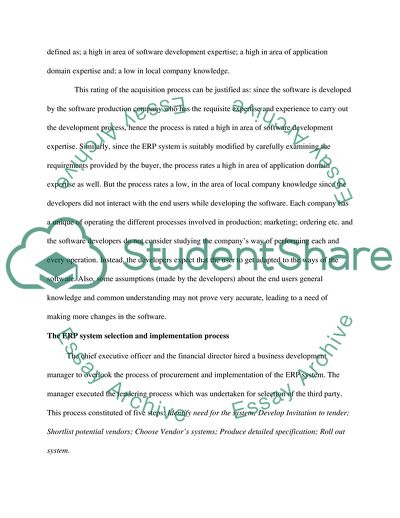Cite this document
(Power IT Resource Planning Strategy Case Study Example | Topics and Well Written Essays - 2000 words, n.d.)
Power IT Resource Planning Strategy Case Study Example | Topics and Well Written Essays - 2000 words. https://studentshare.org/information-technology/1734454-power-it
Power IT Resource Planning Strategy Case Study Example | Topics and Well Written Essays - 2000 words. https://studentshare.org/information-technology/1734454-power-it
(Power IT Resource Planning Strategy Case Study Example | Topics and Well Written Essays - 2000 Words)
Power IT Resource Planning Strategy Case Study Example | Topics and Well Written Essays - 2000 Words. https://studentshare.org/information-technology/1734454-power-it.
Power IT Resource Planning Strategy Case Study Example | Topics and Well Written Essays - 2000 Words. https://studentshare.org/information-technology/1734454-power-it.
“Power IT Resource Planning Strategy Case Study Example | Topics and Well Written Essays - 2000 Words”. https://studentshare.org/information-technology/1734454-power-it.


